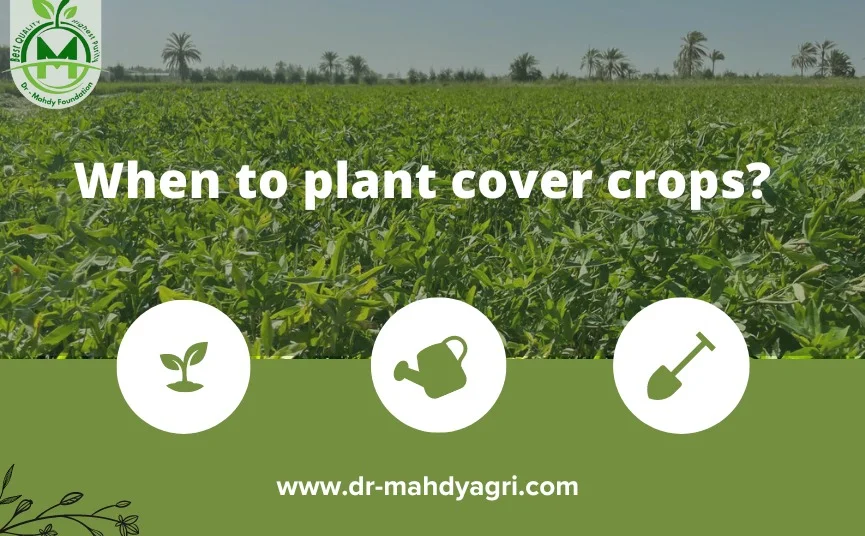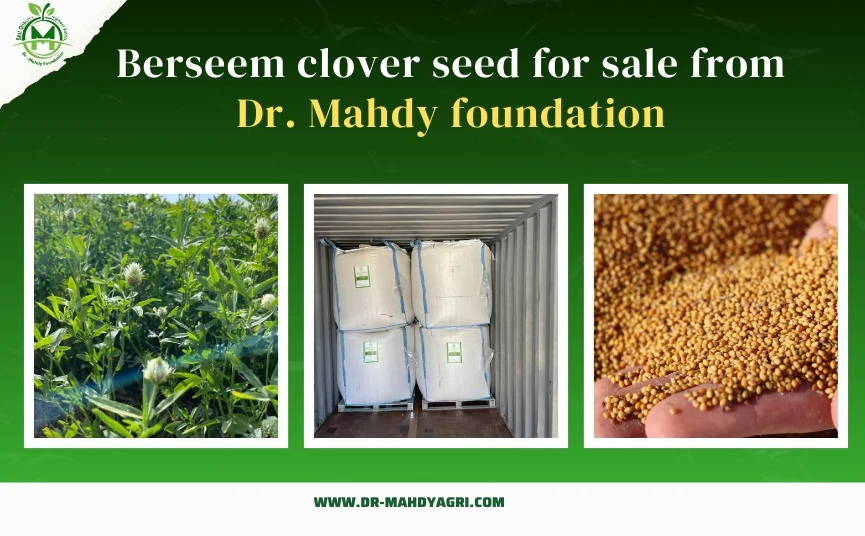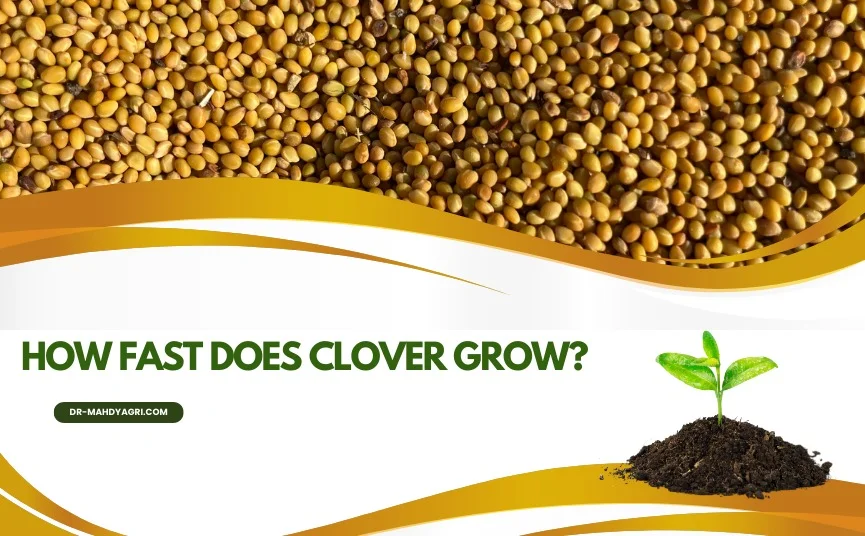

Explore groundbreaking storage techniques that are shaping the future of food production through optimal seed preservation. Discover how these innovative methods ensure global food security and sustainability.
Introduction
In the grand tapestry of agriculture and food production, seeds play a pivotal role in shaping our sustenance. As the world's population continues to grow, the need for efficient and sustainable food sources becomes more pressing than ever. In this visionary exploration, we delve into the forefront of innovation, discussing how seeds will become the cornerstone of feeding our planet. From cutting-edge storage techniques to the emergence of new agricultural paradigms, this article uncovers how seeds are poised to revolutionize the future of food.
The Future of Food: How Seeds Will Feed the World
In an era defined by environmental challenges and changing global dynamics, the future of food hinges on the quality and accessibility of seeds. Here, we unveil the transformative techniques that are driving the evolution of seed storage, ensuring that they remain viable and ready to play their vital role in sustaining humanity.
1. Seeding a Sustainable Tomorrow
As the population balloons, traditional farming methods face limitations in meeting the growing demand for food. Sustainable agriculture is key to overcoming these challenges, and it starts with the seeds. Cutting-edge storage techniques are pivotal in preserving seeds' genetic integrity and maximizing their potential for robust crop yields.
2. Precision Preservation
Innovative storage methods leverage precision preservation to maintain seed viability. By carefully controlling temperature, humidity, and light conditions, these techniques extend the shelf life of seeds, allowing them to withstand the test of time.
3. Cryogenic Conservation
At the forefront of seed storage innovation is cryogenic conservation. Seeds are frozen at ultra-low temperatures, effectively pausing their biological processes. This technique is particularly crucial for preserving the genetic diversity of rare and endangered plant species, safeguarding biodiversity for future generations.
4. Digital Seed Banks
The digital age has ushered in a new era of seed storage through digital seed banks. These repositories store genetic information in the form of digital codes, enabling scientists and researchers to recreate seeds when needed, mitigating the risk of loss due to natural disasters or human error.
5. Seed DNA Sequencing
Advancements in DNA sequencing have revolutionized our understanding of seeds at a molecular level. By decoding seed DNA, scientists gain insights into traits, resilience, and adaptability, enhancing crop breeding efforts for increased productivity and sustainability.
6. Germination on Demand
Emerging techniques allow for on-demand germination. Seeds can be stored in a dormant state and triggered to germinate when specific environmental conditions are met, optimizing planting times and resource utilization.
7. Precision Farming with Smart Seeds
Smart seeds embedded with nanotechnology and sensors are on the horizon. These seeds can monitor soil conditions, nutrient levels, and moisture content, transmitting real-time data to farmers. This data-driven approach enhances precision farming and maximizes crop yield.
8. Expert's Insight: Elevating Seed Storage Through Quality Management
Drawing from your expertise in quality management, you can spearhead a revolution in seed storage practices. Implementing rigorous standards, documentation, and continuous improvement methodologies will elevate seed storage to unprecedented levels of precision and reliability.
9. Empowering Global Food Security
In a world where food security is a paramount concern, innovative seed storage techniques hold the key to nourishing populations sustainably. By safeguarding seed diversity and enhancing their viability, we ensure a resilient global food system capable of weathering the challenges ahead.
10. FAQ: Addressing Pioneering Questions
Q: How do cryogenically preserved seeds compare to conventional seeds? A: Cryogenic preservation extends seed longevity and maintains genetic diversity, making them a valuable resource for future agricultural endeavors.
Q: Are digital seed banks vulnerable to cyber threats? A: Digital seed banks employ robust security measures to protect genetic data, ensuring its availability even in the face of technological challenges.
Q: How can nanotechnology benefit seed storage? A: Nanotechnology can enhance seed sensors, allowing for real-time monitoring of environmental conditions and optimizing planting strategies.
Q: Are smart seeds limited to specific crop types? A: Smart seeds can be adapted to various crops, contributing to precision farming across diverse agricultural landscapes.
Q: Can precision preservation techniques be scaled for large-scale agriculture? A: Yes, precision preservation methods can be scaled to meet the demands of large-scale farming, contributing to sustainable food production.
Q: What role does government policy play in supporting innovative seed storage practices? A: Supportive policies can incentivize research and development, fostering the adoption of innovative seed storage technologies.
11. Conclusion: Sowing the Seeds of Transformation
The future of food hinges on the boundless potential of seeds and the innovative techniques that preserve their essence. From cryogenic conservation to digital seed banks, humanity stands on the cusp of a new agricultural era that holds the promise of global food security, sustainability, and resilience.
Embrace the optimism that these groundbreaking advancements inspire. As we unlock the mysteries of seed storage, we also unlock the potential to nourish generations to come. By embracing innovation, expertise, and collaboration, we can ensure that the seeds we plant today will flourish into a bountiful harvest tomorrow.



